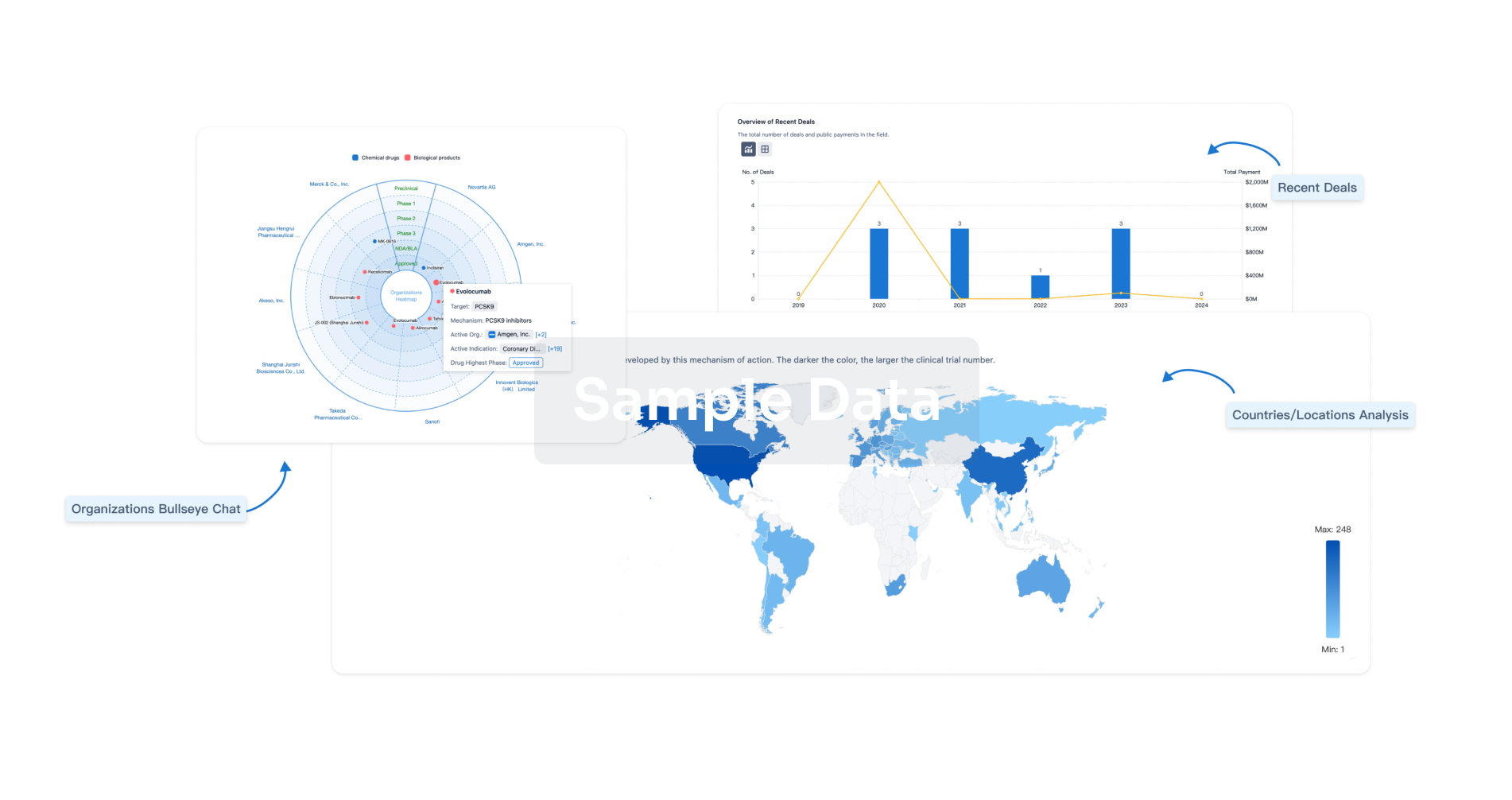AbstractBackgroundFlow cytometric detection of T‐cell clonality is challenging. The current available methodology for T‐cell receptor (TCR) Vβ repertoire evaluation is a complex assay and has limited sensitivity especially for detecting low levels of disease. Therefore, there is an unmet need for a reliable, simple, and rapid assay to identify T‐cell clonality. The rearrangement of the TCRB gene involves the random and mutually exclusive expression of one of two constant β chain genes (TRBC1 and TRBC2), analogous to the kappa and lambda gene utilization by B cells.MethodsHere, we used a single TRBC1 antibody, in conjunction with other T‐cell associated markers, to detect T‐cell clonality in tissue biopsies and body fluids. A total of 143 tissue/body fluid specimens from 46 patients with a definitive diagnosis of a T‐cell neoplasm and 97 patients with no T‐cell malignancy were analyzed with a cocktail of monoclonal antibodies including CD2/CD3/CD4/CD5/CD7/CD8/CD45/TCRγδ/TRBC1.ResultsWe examined TRBC1 expression on neoplastic T‐cell populations identified based on their immunophenotypic aberrancies, and monotypic TRBC1 expression was identified in all 46 known T‐cell lymphoma cases. We applied a similar gating strategy to the 97 cases without T‐cell neoplasms, and arbitrarily dissected T‐cell populations into immunophenotypically distinct subsets; in this group, we found that all cases revealed an expected polytypic TRBC1 expression in all subsets.ConclusionsSingle TRBC1 antibody detection of T‐cell clonality by flow cytometry is a simple, rapid, and robust assay that could be routinely utilized in flow cytometric laboratories.

